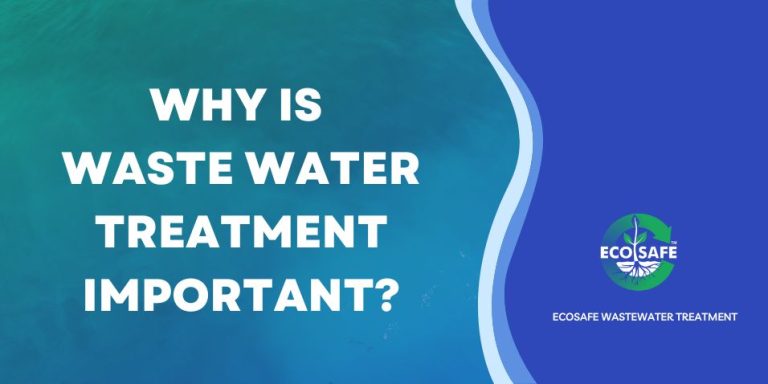The Ultimate Guide To Reclaim Waste
The Ultimate Guide To Reclaim Waste
Blog Article
How Reclaim Waste can Save You Time, Stress, and Money.
Table of ContentsThe Best Strategy To Use For Reclaim WasteWhat Does Reclaim Waste Do?Things about Reclaim WasteFascination About Reclaim WasteAll About Reclaim Waste
Domestic sewer waste refers to the waste and products from a property septic tank. The appropriate monitoring and disposal of domestic sewer waste call for liquid waste to be transferred to a sewer treatment plant where the proper approaches and equipment are applied to detoxify and dispose of waste.
Industrial waste often consists of potential dangers, such as combustible materials or a mixture of fluid and solid waste products, and needs a much more innovative and comprehensive disposal procedure. The disposal of industrial waste typically includes the filtration of waste prior to transport to ensure safe and appropriate disposal. Hazardous waste is produced from by-products and overflow of commercial procedures and production.
This type of waste can not make use of the very same sewer monitoring transport or processes as septic or business liquids. The hazardous waste management procedure needs the assessment and screening of fluid waste before it goes through the disposal process (industrial wastewater treatment). Overflow waste is the liquid waste that comes from runoff and excess stormwater in extremely inhabited areas or cities
Overflow waste can trigger contamination and flooding if not managed effectively. Find out more concerning sewage system cleansing and waste monitoring. Making certain correct waste monitoring can protect against catastrophes and reduce ecological damage. Both people in residential settings and experts in industrial or manufacturing sectors can gain from comprehending the procedures and laws of fluid waste administration.
What Does Reclaim Waste Mean?
Get in touch with PROS Solutions today to learn regarding our waste monitoring and disposal solutions and the appropriate means to care for the fluid waste you create.
(https://filesharingtalk.com/members/604691-reclaimwaste1)Do you know what happens to your water when you pull the plug, purge the bathroom or drain pipes the washing equipment? No? Well, it deserves recognizing. This so-called 'wastewater' is not just a vital resource however, after treatment, will be released to our land, waterways or the sea. Made use of water from commodes, showers, baths, cooking area sinks, washings and industrial procedures is known as wastewater.

water used to cool machinery or tidy plant and devices). Stormwater, a kind of wastewater, is overflow that moves from agricultural and city areas such as roof coverings, parks, gardens, roadways, courses and seamless gutters right into stormwater drains pipes, after rain. Stormwater moves neglected directly to local creeks or rivers, ultimately getting to the sea.
Our Reclaim Waste Statements
In Queensland, the majority of wastewater is dealt with at sewage therapy plants. Wastewater is moved from residential or commercial sites through a system of sewers and pump terminals, understood as sewage reticulation, to a sewage treatment plant.
The Division of Natural Resources suggests city governments about managing, operating and keeping sewerage systems and therapy plants. In unsewered locations, city governments might need homeowners to install specific or family sewage therapy systems to deal with residential wastewater from commodes, cooking areas, shower rooms and laundries. The Division of Natural Resources authorizes the use of house systems when they are shown to be effective.
Many stormwater gets no treatment. In some brand-new class, treatment of some stormwater to get rid of trash, sand and gravel has actually started utilizing gross pollutant catches. Wastewater therapy happens in four phases: Gets rid of solid issue. Larger solids, such as plastics and various other items mistakenly discharged to sewage systems, are removed when wastewater is passed with displays.
Utilizes little living microorganisms recognizes as micro-organisms to break down and eliminate remaining liquified wastes and fine fragments. Micro-organisms and wastes are incorporated in the sludge.
How Reclaim Waste can Save You Time, Stress, and Money.
Nutrient elimination is not offered at all sewage treatment plants since it requires pricey specialized devices. Clear fluid effluent created after therapy might still include disease-causing micro-organisms - liquid waste removal.

Many wastewater flows right into the sewerage system. Under the Act, neighborhood federal governments carry out authorizations and licences for environmentally relevant tasks (Ages) involving wastewater releases that might have a neighborhood impact.
Getting My Reclaim Waste To Work
Otherwise, examples are taken for lab evaluation. Frequently lots of examinations are needed to establish the levels of each of the various pollutants such as oils, hefty metals and chemicals in water. Monitoring supplies factual info regarding water top quality and can confirm that licence conditions are being fulfilled. The info gotten via monitoring offers the basis for making water quality decisions.
Report this page